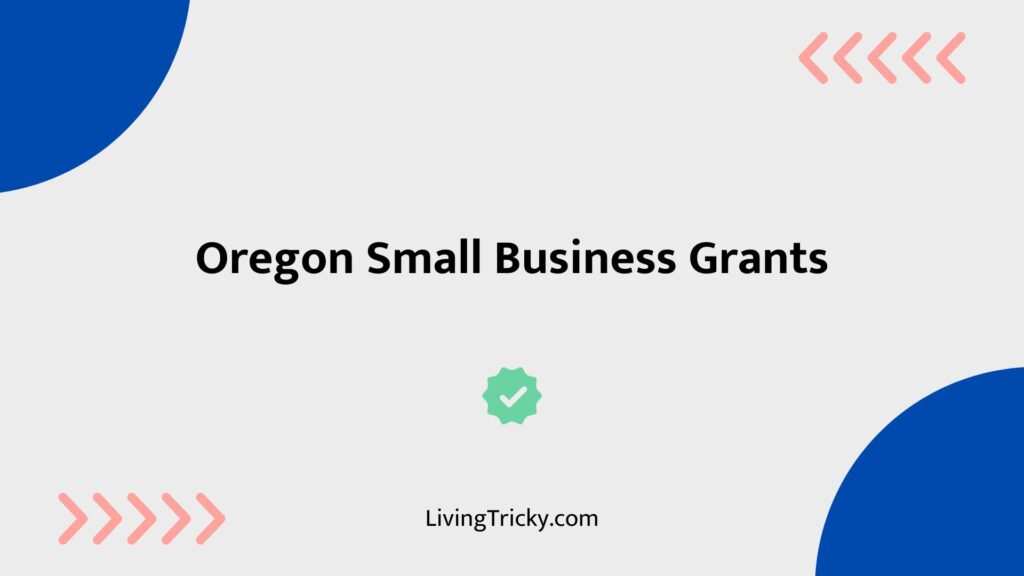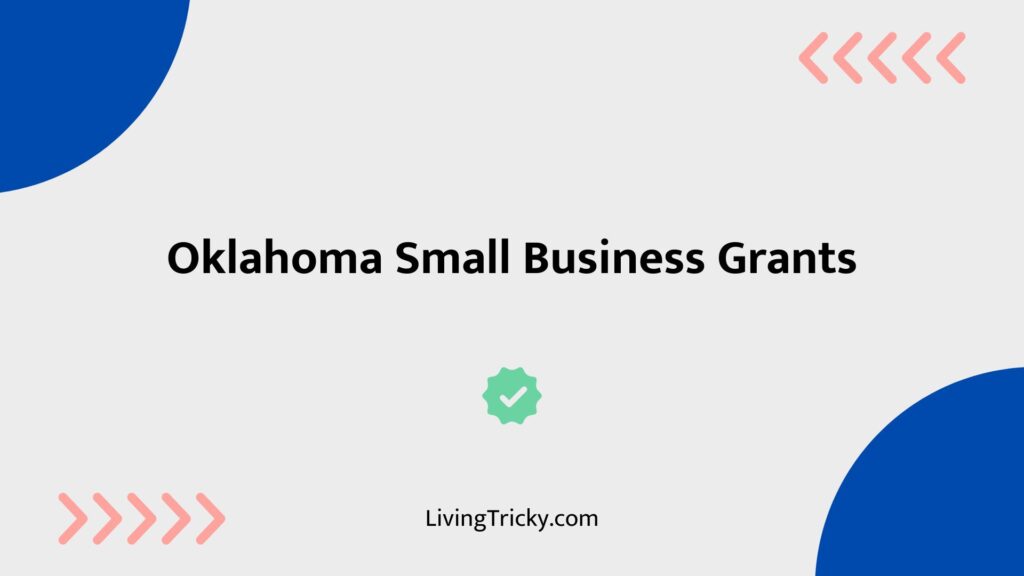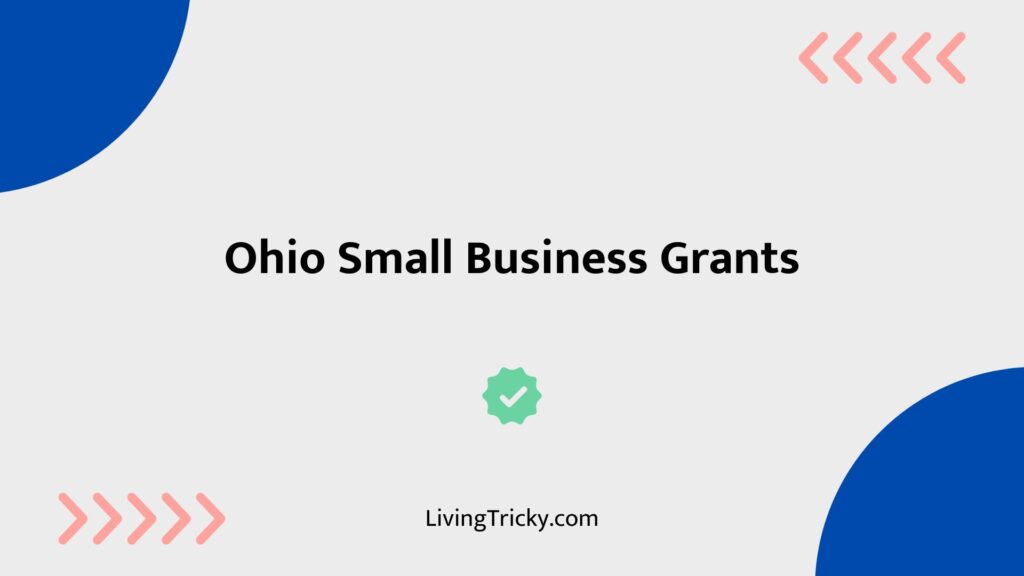If you’re a disabled individual seeking affordable communication options, the Lifeline Program might be the solution you need. This initiative provides free or discounted home phone services, easing financial stress while ensuring you stay connected.
Understanding the eligibility criteria and application process is essential. Investigate how you can qualify based on income or government assistance programs, and discover the benefits that come with having a reliable landline.

Key Takeaways
- The Lifeline Program offers discounted phone services to low-income individuals, including those with disabilities, providing essential communication access.
- Eligible participants can receive a minimum discount of $5.25 on monthly phone bills by meeting income guidelines or government assistance program criteria.
- Documentation of disability or income is required for application, ensuring proper verification of eligibility for free home phone services.
- Annual recertification is necessary to maintain eligibility for the Lifeline Program, ensuring continued access to discounted services.
- Resources like the National Disability Rights Network are available to assist disabled individuals in navigating application processes and understanding their rights.
Understanding the Lifeline Program
To understand the Lifeline Program, it’s vital to recognize its purpose in providing discounted phone services to low-income individuals, including those with disabilities.
Established in 1985, the Lifeline Program offers eligible customers a minimum discount of $5.25 on their monthly phone bill. Low-income households can qualify based on household income at or below 135% of the federal poverty guidelines or through participation in government assistance programs like Medicaid or SNAP.
This program guarantees that vulnerable populations maintain essential communication access, offering free landline phone service and enhancing connectivity for emergencies and daily living tasks.
Eligibility Criteria for Disabled Individuals
To qualify for the Lifeline program, you must meet specific income-based criteria or participate in government assistance programs like Supplemental Security Income (SSI) or Medicaid.
Your household income needs to be at or below 135% of the federal poverty guidelines.
It’s essential to have the necessary documentation ready, as proof of disability may be required during your application process.
Income-Based Eligibility Requirements
Eligibility for Lifeline services hinges on income-based criteria, which means that if you’re a disabled individual, your household income must fall at or below 135% of the federal poverty guidelines.
To qualify for free home phone services, you’ll need to provide documentation proving your income or participation in a government assistance program like Supplemental Security Income (SSI) or Medicaid.
If you live on Tribal lands, you might receive additional benefits, reducing your phone costs by up to $34.25 monthly. These services are especially valuable for veterans and individuals in need of financial aid, ensuring access to reliable communication channels for job searches, healthcare, and staying connected with support networks.
Additionally, Lifeline helps bridge the digital divide by making new technology more accessible, offering a critical step forward in digital inclusion for all qualifying households.
Remember to recertify your eligibility annually to maintain these essential services for disabled individuals.
Government Assistance Participation
Participation in government assistance programs plays a significant role in qualifying for Lifeline services, especially for disabled individuals.
To be eligible, your household income must be at or below 135% of the Federal Poverty Guidelines, or you must participate in programs like Supplemental Security Income (SSI) or Medicaid.
The Lifeline program provides essential discounts on phone services, including options for free landlines, ensuring low-income households stay connected.
To apply, you’ll need documentation proving your eligibility.
How to Qualify Based on Income
To qualify for a free home phone service through the Lifeline program, your household income must be at or below 135% of the Federal Poverty Guidelines.
You’ll need to provide proof of your income or show participation in a qualifying government assistance program.
Income Limits Explained
While understanding the income limits is crucial for qualifying for Lifeline assistance, it’s essential to note that your household’s total gross income must fall at or below 135% of the Federal Poverty Guidelines. This means if you’re part of a low-income family, you may qualify for this government program. Here’s a breakdown of the income requirements based on household size:
| Household Size | Income Limit (2023) |
|---|---|
| 1 | $19,320 |
| 2 | $26,130 |
| 3 | $32,940 |
| 4 | $36,075 |
| 5 | $43,200 |
Qualifying for federal assistance can help you secure a reliable phone.
Proof of Eligibility Needed
When qualifying for free home phone services under the Lifeline program, you’ll need to provide proof of your household income, ensuring it meets the requirement of being at or below 135% of the Federal Poverty Guidelines.
You can demonstrate eligibility through various means, such as:
- Recent pay stubs or tax returns
- Benefit statements from government assistance programs
- Automatic qualification through participation in programs like SNAP or Medicaid
- Submitting documentation via electronic, mail, or fax options
Ensure your application includes personal details for verification through the National Verifier, facilitating a smoother process for proving your eligibility.
Qualifying Through Government Assistance Programs
Qualifying for free home phone services through government assistance programs can significantly ease communication costs for individuals with disabilities.
To be eligible for the Lifeline program, your household income must be at or below 135% of the federal poverty guidelines, or you must participate in programs like Medicaid or Supplemental Security Income (SSI).
The Lifeline program provides a minimum monthly discount of $5.25 on phone services, enhancing access to essential communication services.
Applying for Free Home Phone Service
To apply for free home phone service through the Lifeline program, you’ll need to gather essential documents and information to demonstrate your eligibility.
Here’s what you’ll typically need:
- Proof of household income or participation in government assistance programs
- Personal identification documents, like a driver’s license or Social Security card
- Completed application form via the online National Verifier or paper submission
- Annual renewal documentation to maintain eligibility
Selecting a Service Provider
After you’ve applied for free home phone service through the Lifeline program, the next step is selecting a service provider that meets your needs. Look for providers offering VoIP services, as they often come with features like voicemail and caller ID at no extra cost. Make certain the provider is reliable in your area to avoid issues during emergency calls. Also, check if you can port your existing phone number. Finally, review customer feedback to assess reliability and overall satisfaction.
| Feature | VoIP Provider | Traditional Provider |
|---|---|---|
| Monthly Fees | Low | Higher |
| Features | Advanced | Basic |
| Portability | Yes | Limited |
Benefits of Having a Landline for Disabled Individuals
While many communication options exist today, having a landline offers distinct advantages for disabled individuals.
Here are some key benefits:
- Reliable communication: Landlines provide uninterrupted access to emergency services and caregivers.
- Superior sound quality: Clear audio can aid those with hearing impairments.
- No monthly data plan: This helps you save costs on communication without sacrificing connectivity.
- Enhanced features: Services like caller ID and voicemail improve safety and peace of mind.
Additionally, the Lifeline program provides eligible low-income individuals discounted landline service, alleviating the financial burden of maintaining essential communication.
Additional Savings and Resources Available
If you’re a disabled individual seeking financial relief for communication services, several programs and resources can help you save significantly. The Lifeline service provides a minimum $5.25 discount on monthly phone bills for eligible low-income households. Additionally, the Affordable Connectivity Program (ACP) offers further savings on broadband services. Many service providers offer special discounts for disabled customers, enhancing accessibility. Government Landline Phone Service guarantees reliable communication, while resources like the National Disability Rights Network guide you through available assistance programs.
| Program | Discount Type | Eligibility |
|---|---|---|
| Lifeline Service | At least $5.25 off | Low-income households |
| Affordable Connectivity Program | Broadband discounts | Disabled individuals |
| Government Landline Service | Free or discounted service | Eligible individuals |
| Provider Discounts | Varies by provider | Disabled customers |
| National Disability Rights Network | Navigation assistance | All disabled individuals |
Frequently Asked Questions
How Do I Get a Free Phone if I’m on Disability?
To get a free phone if you’re on disability, check eligibility criteria for government programs. Apply for phone assistance through Lifeline, and choose a participating service provider to access benefits after completing the application process.
Can I Get a Landline Phone for Free?
Over 34 million Americans rely on support programs for phone assistance. If you meet eligibility requirements, you can access landline options through free services that cater to your communication needs, especially for those receiving disability benefits.
How Do I Get a Free Government Phone in Texas?
To get a free government phone in Texas, check eligibility requirements through Texas assistance programs. Complete the application process online or by mail, then select from approved phone providers to access the benefits overview and support services.
What Is the At&T Hardship Program?
Like a lifeline, the AT&T Hardship Program offers assistance through discounted phone services. You’ll need to meet eligibility requirements and provide documentation during the application process. Customer support is available across various service areas for assistance.
Conclusion
To sum up, the Lifeline Program is an essential resource for disabled individuals, offering important communication services at little to no cost. Did you know that nearly 40% of adults with disabilities report challenges in accessing reliable phone services? By taking advantage of this program, you can improve your connectivity and independence while alleviating financial stress. Don’t hesitate to investigate your eligibility and apply for these significant benefits, ensuring you stay connected to the world around you.


